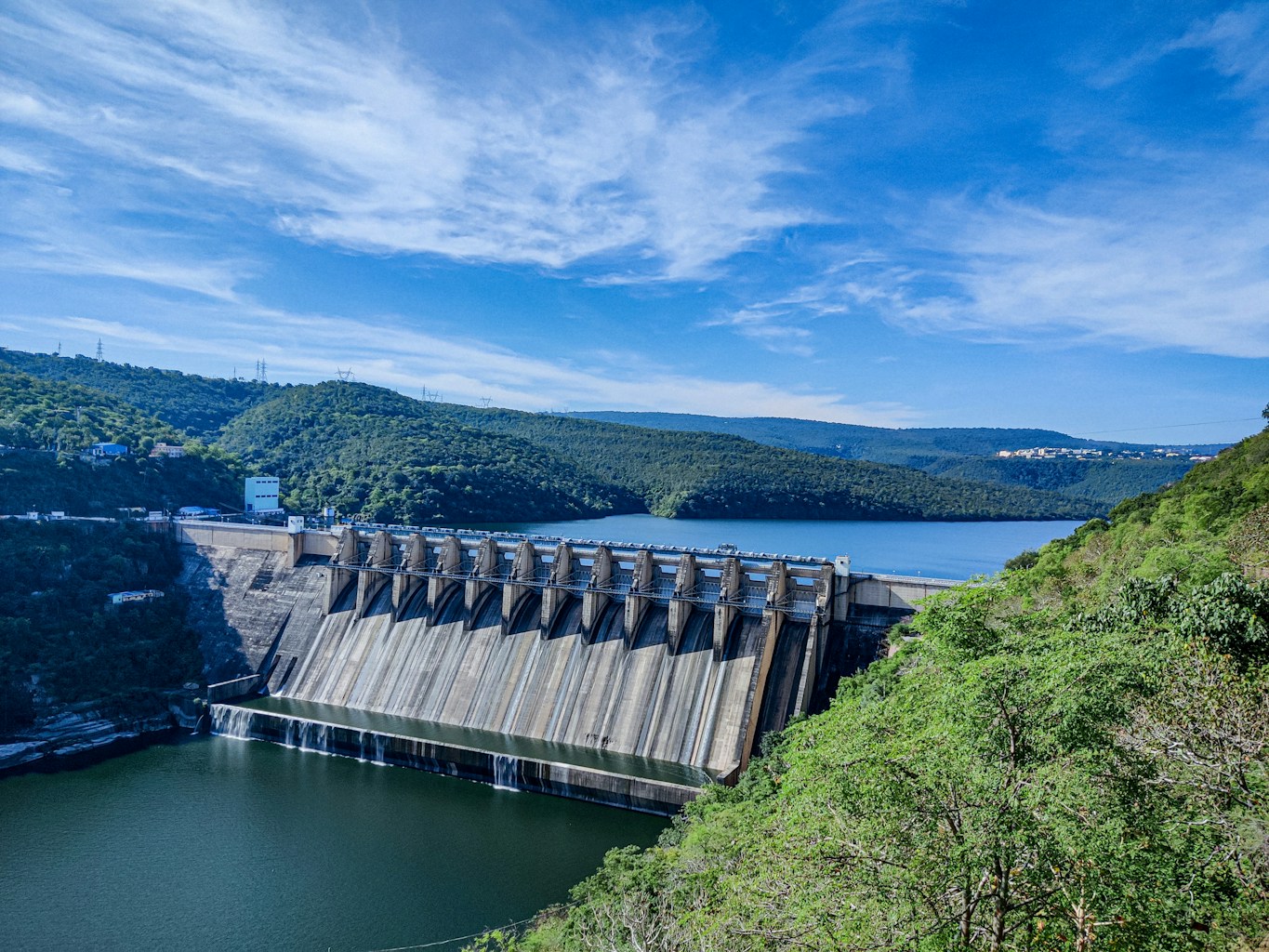WordPress powers more than 43% of all websites on the internet, making it the most popular content management system worldwide. With such widespread adoption, WordPress SEO has evolved into its own specialized discipline—and among top WordPress SEO experts, one strategy consistently stands out: systematic internal linking. But what makes this approach so powerful, and why do the industry’s leading voices advocate for it so strongly?

The Strategic Value of Systematic Internal Linking
Internal linking isn’t just about connecting pages—it’s about creating an intentional content ecosystem that benefits both users and search engines. According to Joost de Valk, founder of Yoast SEO, “A good internal linking structure is crucial for SEO. It helps Google understand the relevance and relationship between different pages, and it distributes link value around your site.”
When implemented systematically rather than haphazardly, internal linking provides several critical benefits:
- Establishes content hierarchy and topical relationships
- Distributes page authority throughout your site
- Improves crawlability and indexation
- Increases time on site and reduces bounce rates
- Guides users through conversion funnels
What Makes Internal Linking “Systematic”
A systematic approach to internal linking involves creating a deliberate, structured methodology rather than adding links randomly. Brian Dean from Backlinko emphasizes that “the best internal linking strategies involve creating a hierarchy of pages, utilizing hub pages, and ensuring every new piece of content is linked to and from existing relevant content.”
The Topic Cluster Method for WordPress Sites
Many WordPress SEO experts now recommend organizing content using the topic cluster model—a systematic approach to internal linking that has shown remarkable results.
How Topic Clusters Work in WordPress
The topic cluster model includes:
- Pillar pages: Comprehensive resources covering broad topics
- Cluster content: Specific articles addressing individual aspects of the pillar topic
- Internal links: Strategic connections between related content pieces
According to a HubSpot study, websites implementing the topic cluster model effectively saw a 30-50% increase in organic traffic compared to those using more traditional linking structures.
WordPress-Specific Benefits of Systematic Internal Linking
WordPress sites particularly benefit from systematic internal linking due to the platform’s structure and functionality.
Taxonomy Advantage
WordPress’s built-in taxonomy system (categories and tags) creates natural opportunities for systematic internal linking. Syed Balkhi, founder of WPBeginner, explains: “WordPress taxonomies provide a ready-made framework for topic clusters. When you combine this with strategic manual internal links, you create a powerful structure that both users and search engines appreciate.”
Plugin Enhancement
The WordPress ecosystem offers numerous plugins specifically designed to facilitate systematic internal linking. These tools can analyze content relationships, suggest relevant internal links, and even automate aspects of the linking process.
Expert-Recommended WordPress Internal Linking Framework
Based on insights from multiple WordPress SEO authorities, here’s a consensus framework for implementing systematic internal linking:
1. Conduct a Content Audit
Before creating new internal links, Marie Haynes, a respected SEO consultant, recommends thoroughly auditing your existing content: “Understanding what content you already have is essential. You can’t create an effective internal linking strategy without knowing your content inventory.”
The audit should identify:
- Key topics and subtopics covered across your site
- Content gaps that need filling
- Existing high-authority pages
- Orphaned content (pages with few or no internal links pointing to them)
2. Create Content Silos
WordPress SEO expert Ryan Shelley of SMA Marketing advocates for content silos: “Organizing your WordPress content into topical silos helps search engines understand your areas of expertise and makes it easier to implement systematic internal linking.”
In WordPress, you can create silos through:
- Category structure
- Custom post types
- Parent-child page relationships
- Tag groupings
3. Implement Hub Pages for Key Topics
Hub pages (sometimes called cornerstone or pillar content) serve as central connection points in a systematic internal linking strategy.
Jennifer Slegg, founder of The SEM Post, explains: “Hub pages should be comprehensive resources that link out to more specific content pieces. In turn, those specific pages should link back to the hub, creating a strong topical cluster.”
4. Use Strategic Anchor Text
The text used for internal links plays a crucial role in their effectiveness. Cyrus Shepard, SEO expert and founder of Zyppy, notes: “Your anchor text should be descriptive and relevant. Unlike with external links, you have complete control over internal anchor text—use it wisely to signal topic relevance without over-optimization.”
Best practices for WordPress internal link anchor text include:
- Using descriptive phrases related to the target content
- Varying anchor text naturally across different links to the same page
- Avoiding generic phrases like “click here” or “read more”
- Including relevant keywords where natural, but prioritizing clarity
5. Maintain Reasonable Link Density
How many internal links should a page contain? According to WordPress SEO consultant Lily Ray of Path Interactive, “There’s no perfect number, but aim for quality over quantity. Each internal link should serve a purpose for the user, not just exist for SEO.”
Most experts recommend:
- Longer content naturally supports more internal links
- Focus on relevance rather than hitting a specific number
- Consider user experience—too many links can be distracting
- Prioritize links to conversion-focused pages
6. Create a Consistent Process for New Content
Systematic internal linking requires ongoing attention. WordPress expert Adam Connell of Blogging Wizard recommends establishing a workflow: “Every time you publish new content, identify 3-5 existing relevant posts to link from, and 3-5 existing posts to link to. This keeps your internal linking structure current and comprehensive.”
7. Regularly Audit and Update Internal Links
SEO specialist Dr. Pete Meyers from Moz emphasizes the importance of maintenance: “Sites evolve, content changes, and internal linking structures need regular auditing. Set a schedule to check for broken internal links and identify new linking opportunities.”
Plugin Recommendations for Systematic Internal Linking
WordPress experts often recommend these plugins to support systematic internal linking:
- Link Whisper: Suggests relevant internal linking opportunities based on content analysis
- Yoast SEO Premium: Includes internal linking suggestions and content insights
- Internal Link Juicer: Automatically adds internal links based on defined keywords
- Broken Link Checker: Identifies broken internal links that need fixing
Measuring the Impact of Systematic Internal Linking
How do you know if your systematic approach is working? Ann Smarty, founder of Viral Content Bee, recommends tracking these metrics:
- Search console data: Monitor improvements in crawl stats and indexation
- User behavior metrics: Analyze pages per session, time on site, and bounce rate changes
- Ranking changes: Track keyword positions for internally linked content
- Conversion path analysis: Evaluate how internal links contribute to conversion journeys
Common Systematic Internal Linking Mistakes
Despite the clear benefits, WordPress SEO consultant Rebecca Gill points out several common mistakes to avoid:
- Linking for the sake of linking: Every internal link should provide value to the user
- Inconsistent naming conventions: Using different terms for the same concept across links
- Ignoring mobile usability: Failing to consider how internal links function on mobile devices
- Over-optimizing anchor text: Using the exact same keyword-rich anchor text repeatedly
- Neglecting deep content: Only linking to recent posts rather than valuable older content
Why the Experts Are Right: The Data Behind Their Recommendations
The consensus among WordPress SEO experts is backed by compelling data. A Semrush study of over 20,000 websites found that:
- Sites with systematic internal linking structures showed 40% better crawl efficiency
- Pages with more contextually relevant internal links ranked an average of 25% higher
- Strategic internal linking reduced bounce rates by an average of 15%
Conclusion: The Systematic Advantage
The reason top WordPress SEO experts consistently recommend systematic internal linking is simple: it works. By creating an intentional, organized approach to connecting your content, you provide both users and search engines with clear paths to discover and understand your most valuable pages.
As WordPress continues to evolve and search engines grow more sophisticated, the value of a thoughtful internal linking strategy will only increase. By implementing the expert-recommended practices outlined here, you can transform your WordPress site’s internal linking from a haphazard collection of connections into a strategic asset that drives both SEO performance and user engagement.
Remember that systematic internal linking isn’t just about SEO—it’s about creating a better experience for your visitors by helping them discover the most relevant content for their needs. When done properly, it’s a rare win-win that benefits both your audience and your search visibility.



